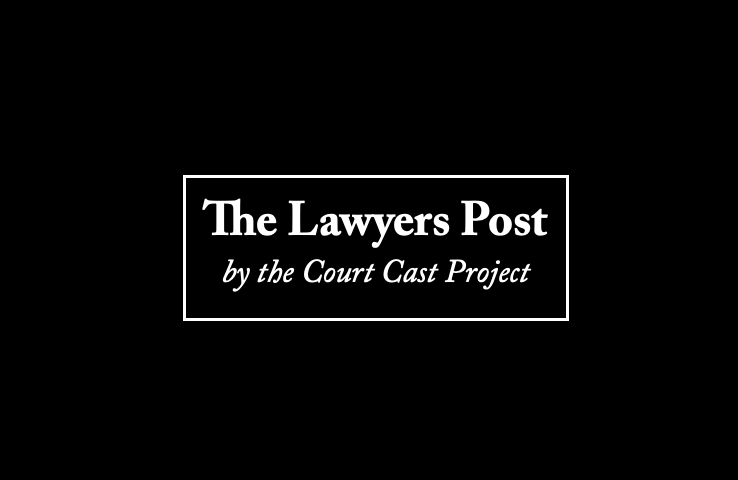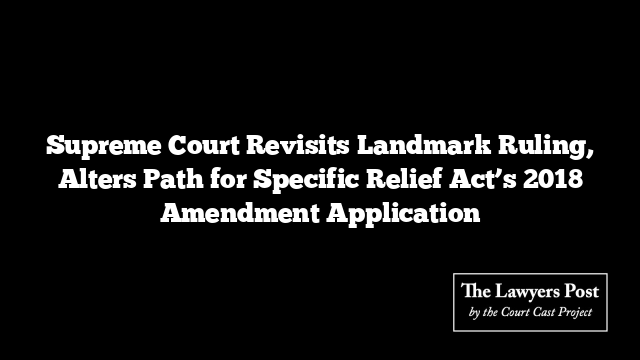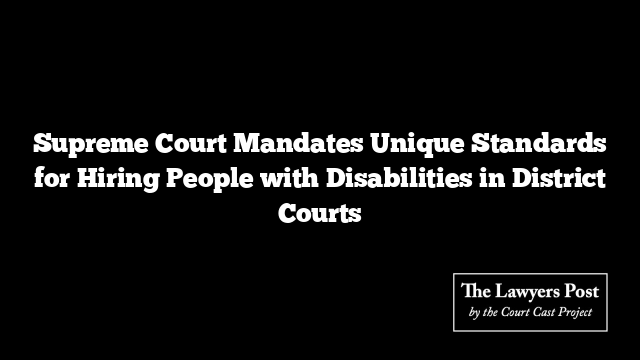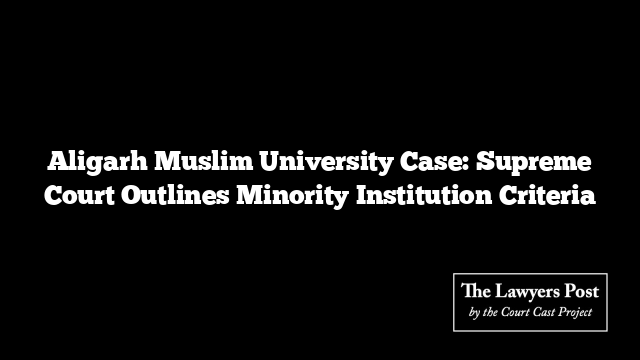The Supreme Court took a decisive step on Friday, overturning its own 2022 decision regarding the 2018 amendment to the Specific Relief Act. Previously, the Court had ruled that the amendment—mandating courts to grant specific performance of contracts—would apply only to future transactions, limiting its effect to agreements made after October 1, 2018. However, upon review, the bench, led by Chief Justice DY Chandrachud and Justices JB Pardiwala and Manoj Misra, found this interpretation flawed, opting to withdraw the earlier judgment.
The review acknowledged an oversight in applying the discretionary remedy of specific performance to past transactions. Initially, the Court’s 2022 ruling, anchored in pre-amendment Section 10 of the Act, treated specific performance as a matter of discretion. The reviewing bench, however, flagged this approach as a critical misstep, asserting that the judiciary’s power to apply specific performance should have been exercised in this instance, regardless of the amendment’s timing.
With a close examination of Sections 10 and 16, the Court confirmed that the facts of the case justified enforcing specific performance, bringing a recalibrated understanding to the amendment’s impact.
The original 2022 judgment was issued by then-Chief Justice NV Ramana, with Justices Krishna Murari and Hima Kohli, in a case involving Siddamsetty Infra Projects Pvt. Ltd. But a review petition filed last year reignited the debate, leading to a unique twist. While Chief Justice Chandrachud advocated for an oral hearing, Justice Kohli, part of the original ruling, opposed reopening the matter, citing insufficient grounds for review. Justice Narasimha also stepped aside, and the tie-breaking vote fell to Justice Manoj Misra, who endorsed Chandrachud’s stance, allowing the review to proceed openly.
The 2018 amendment itself redefined the remedy of specific performance, making it obligatory unless narrowly-defined exceptions applied—a major shift from its previously discretionary status. The 2022 ruling had viewed this amendment as a substantive, not procedural, change, arguing it should not be applied retroactively. Now, with this recall, the Court paves the way for a broader application, reshaping how relief under the Specific Relief Act may be sought, even for agreements preceding the amendment’s enactment.
This reconsideration brings to the fore the evolving balance of discretionary judicial power and statutory mandates, signaling the Court’s readiness to revisit its interpretations when faced with new perspectives on longstanding legal frameworks.





